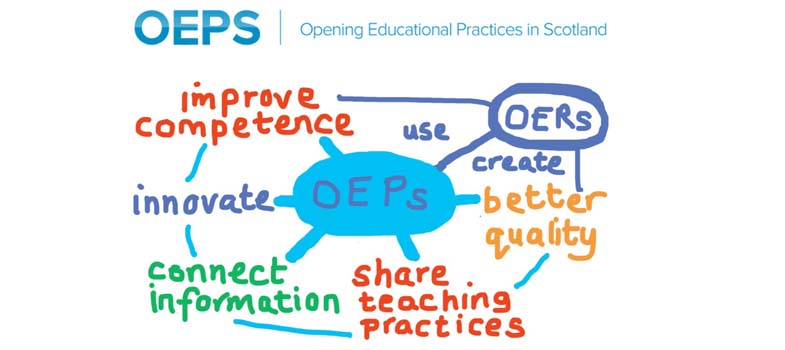1 A new digital divide?
The term digital divide used to refer to lack of access to technology, particularly computers. Access remains an issue for some, but in the last few years there has been a huge increase in access to digital devices – laptops, tablets and smart phones. A new divide has developed around how people take advantage of the opportunities that these devices offer. For example, there has also been a rapid increase in the availability of free online courses that cover almost any topic you can think of. So far, these developments have tended to increase the choices open to those with experience of higher education and experience of learning online, but have not had a significant impact on those whose experience of the education system has been less positive or have been out of education for some time.

Activity 1
In your learning log, note down some of the reasons why your learners might feel reluctant to engage with online learning.
Discussion
Some of the reasons that we have heard include:
- A feeling that online means studying on your own and is therefore an isolated and unsupported experience
- Negative experience of the ‘tick box’ type online courses that are commonly used for mandatory workplace training
- A belief that the courses will be at too high a level
- Thinking that studying online will require digital skills that they don’t have
- Not having access to a computer or wifi at home
- Not having the time
- Experience of starting an online course but not completing
- Lack of familiarity or distrust of anything digital
Whatever the responses you listed to Activity 1 – these are real issues that need to be addressed. In the rest of this course we explore how.
Learning outcomes
